Maintaining healthy plants in the region's high heat conditions can be challenging in Zone 10.
But there are several strategies you do to keep your beloved plants thriving even under the scorching sun.
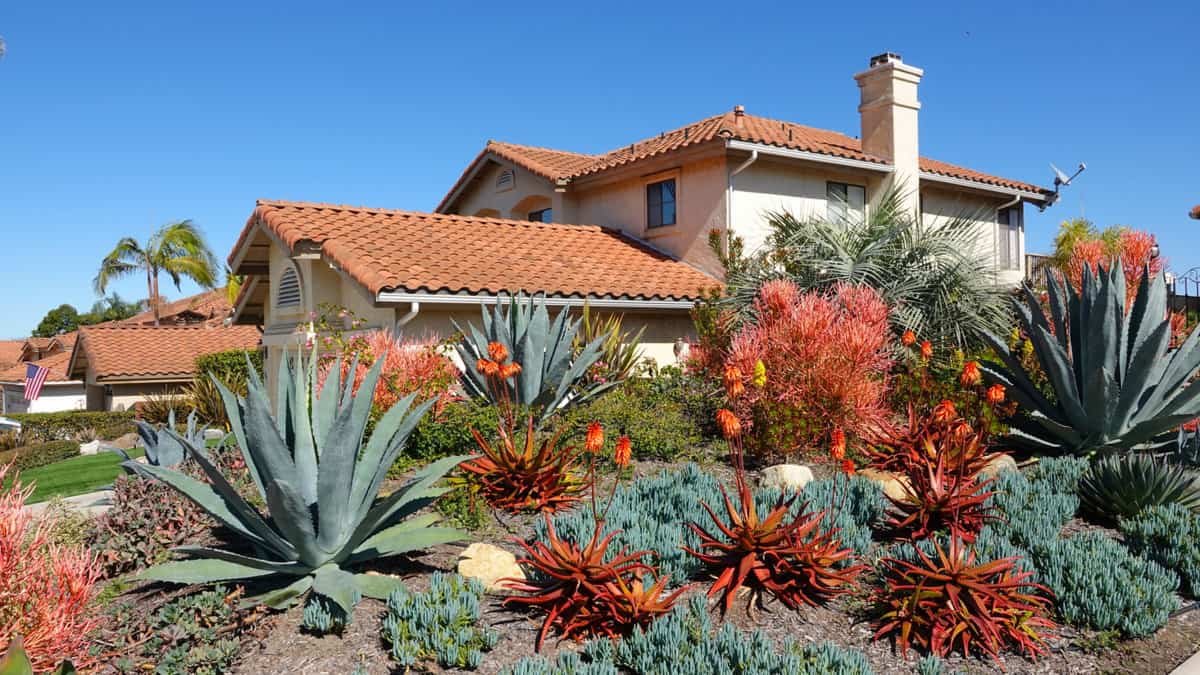
Understanding Zone 10's High-Heat Climate
Living in Zone 10, you'll experience a unique climate that can be both a blessing and a challenge when growing plants.
The high heat conditions can mean a longer growing season. With average minimum temperatures ranging between 30°F and 40°F, Zone 10 is considered to be subtropical.
In this region, you'll find that the summers are hot and winters are mild.
Due to these higher temperatures, your garden can support a wide variety of plants, but it's essential to choose ones that can withstand the heat.
Rainfall Frequency
When it comes to rainfall, Zone 10 typically sees its heaviest precipitation during the summer months.
Make sure your plants receive enough water during this time, as the combination of high heat and humidity might lead to an increased demand.
You can take advantage of this natural moisture by harvesting rainwater and using it to irrigate your plants during drier periods.
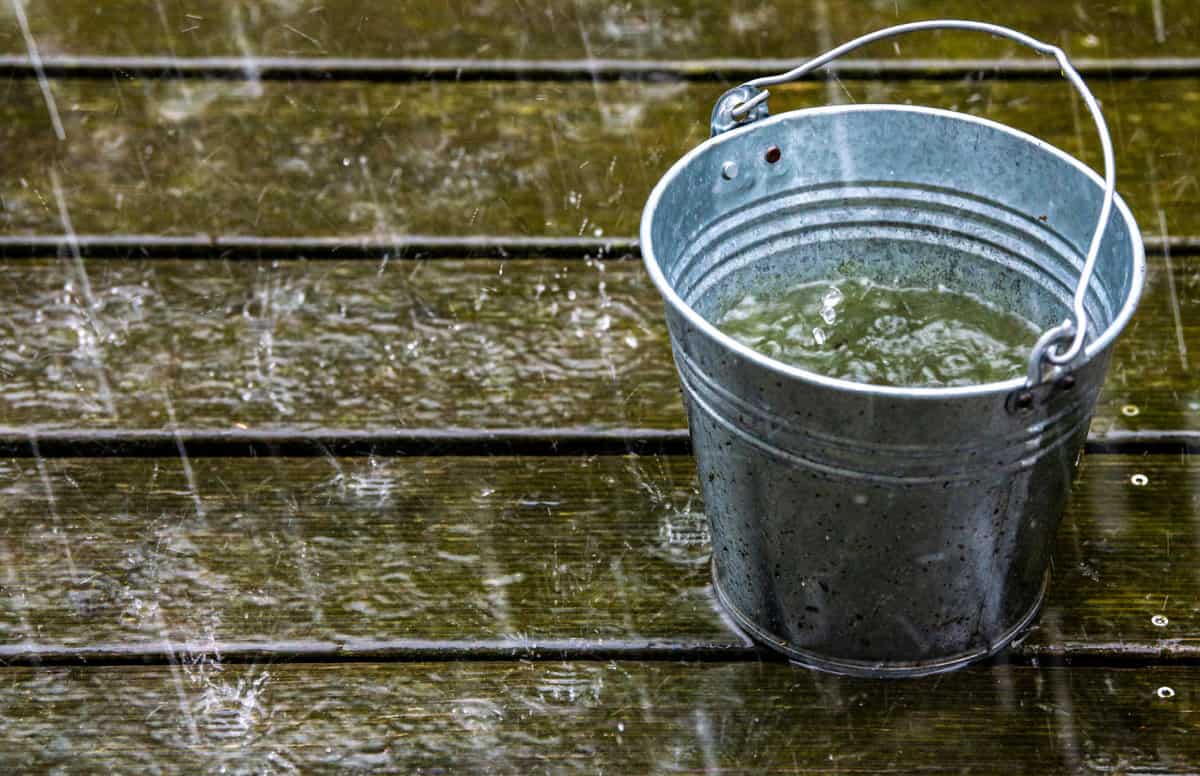
Choosing the Right Plants: Heat-Tolerant and Drought-Resistant
By focusing on heat-tolerant and drought-resistant species, you can create a thriving garden that withstands Zone 10's high heat conditions.
Heat-Tolerant Varieties
When gardening in Zone 10, selecting heat-tolerant varieties is crucial. These plants can withstand the scorching temperatures without wilting or losing their vibrant colors.
Some options include:
- Sunflowers: These towering flowers add color and life to your garden and can tolerate high heat.
- Zinnias: Available in various colors and sizes, zinnias are a low-maintenance choice for bright blooms during hot summers.
- Lantanas: These colorful, butterfly-attracting plants will liven up any garden, even during the hottest days.
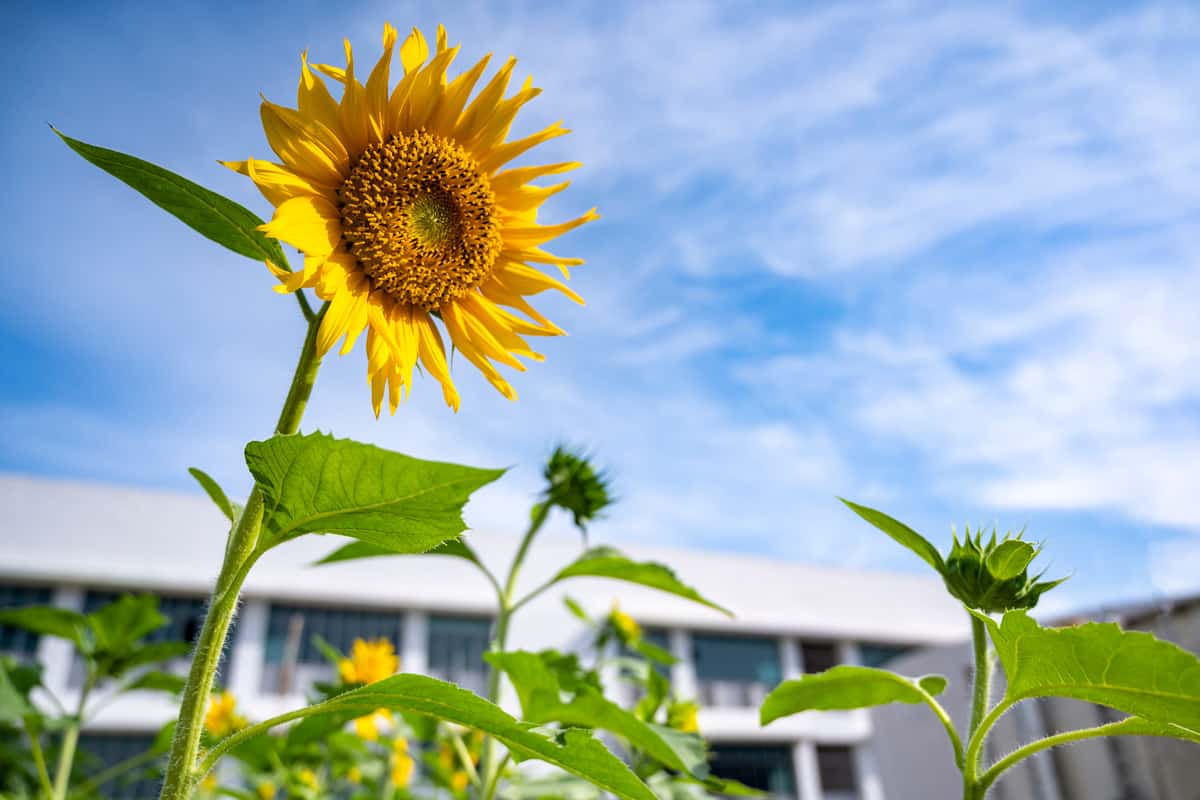
It's essential to research the specific heat tolerance of plants you're considering, as some varieties may cope better with extreme temperatures than others.
Drought-Resistant Species
With temperatures soaring, water conservation becomes critical. Choose drought-resistant species to maintain a healthy garden without wasting precious water resources.
Consider incorporating the following plants into your landscape:
| Plant | Benefits |
|---|---|
| Succulents | Require minimal water and come in various shapes and sizes |
| Ornamental grasses | Low-maintenance, resilient under harsh conditions |
| Lavender | Beautifully fragrant, water-wise choice |

Watering Strategies
Maintaining healthy plants in Zone 10's high-heat conditions requires a smart watering strategy. Here are a few of them:
Efficient Irrigation Methods
Drip irrigation is a great option for your plants in Zone 10's high-heat conditions. This method delivers water directly to the root zone, reducing the amount of water lost through evaporation.
The water is applied slowly, which helps maintain consistent soil moisture and encourages deep rooting, improving your plants' ability to withstand drought conditions.
Soaker hoses are another efficient watering option for your garden. They slowly release water along their length, allowing it to infiltrate into the soil and reach the plant roots. This means you can thoroughly water your plants with minimal wasted water.
Check out this 50-ft soaker hose on Amazon.
Mulching
Adding a layer of mulch around your plants can help retain moisture and regulate soil temperature.
Organic mulches, such as wood chips or compost, are recommended for Zone 10 since they also provide nutrients to the soil as they decompose.
Apply a 2-3 inch layer of mulch around your plants, leaving a small space between the plant stems and the mulch to prevent fungal diseases.
How Often Should I Water My Plants in Very Hot Weather?
In Zone 10's high-heat conditions, your plants will require more frequent watering, especially during extended periods of heat and drought.
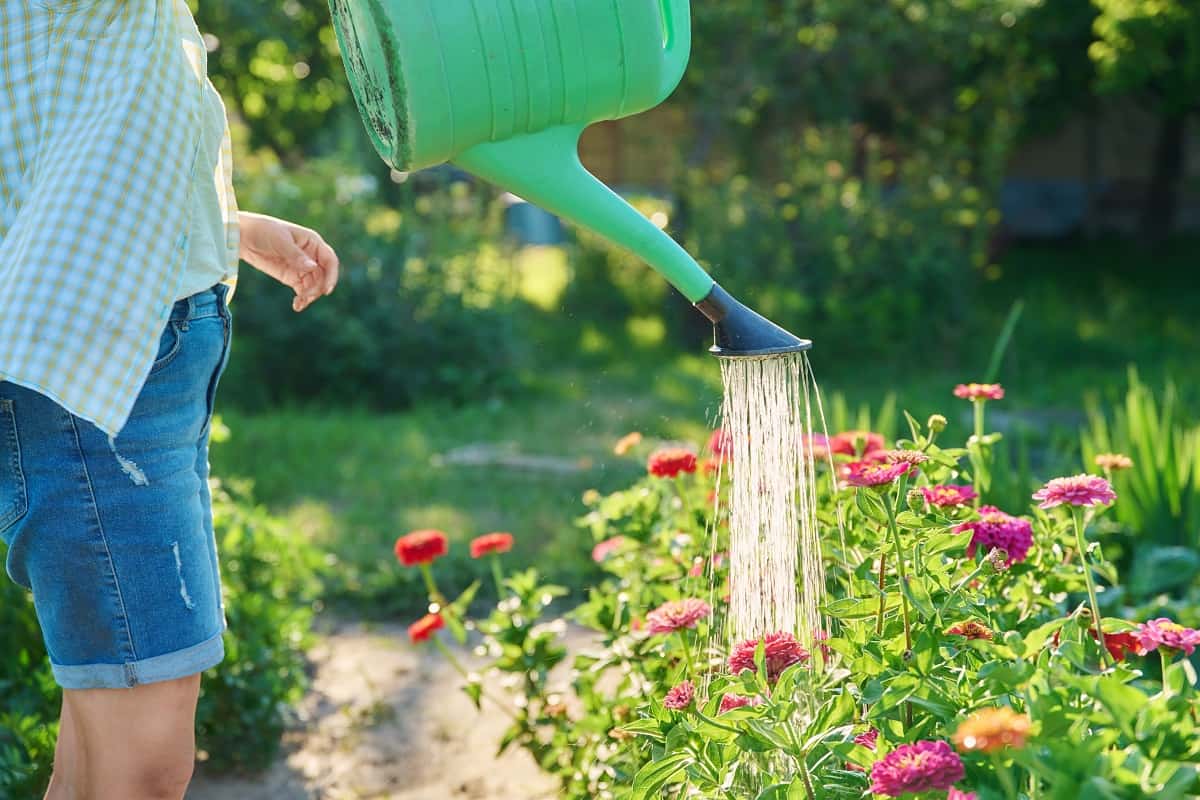
As a general guideline, water your plants deeply every 3-7 days. However, this frequency may vary depending on factors such as the type of plant, soil type, and the level of evaporation in your area.
Signs of underwatering include drooping leaves, wilting, and yellowing. Use a moisture meter or simply insert your finger 1-2 inches into the soil to assess the moisture level. If it feels dry, it's time to water.
On the other hand, overwatering can lead to root rot and other problems, so avoid watering too frequently.
For a more efficient and effortless way to water, try this hack that's ideal for Zone 10: The Olla: A Centuries-Old Watering Method That’s Making A Modern Comeback
Enriching Soil Quality
Maintaining healthy plants in Zone 10's high-heat conditions starts with enriching your soil quality.
To do this, you can add organic matter like compost, aged manure, or peat moss to your garden beds.
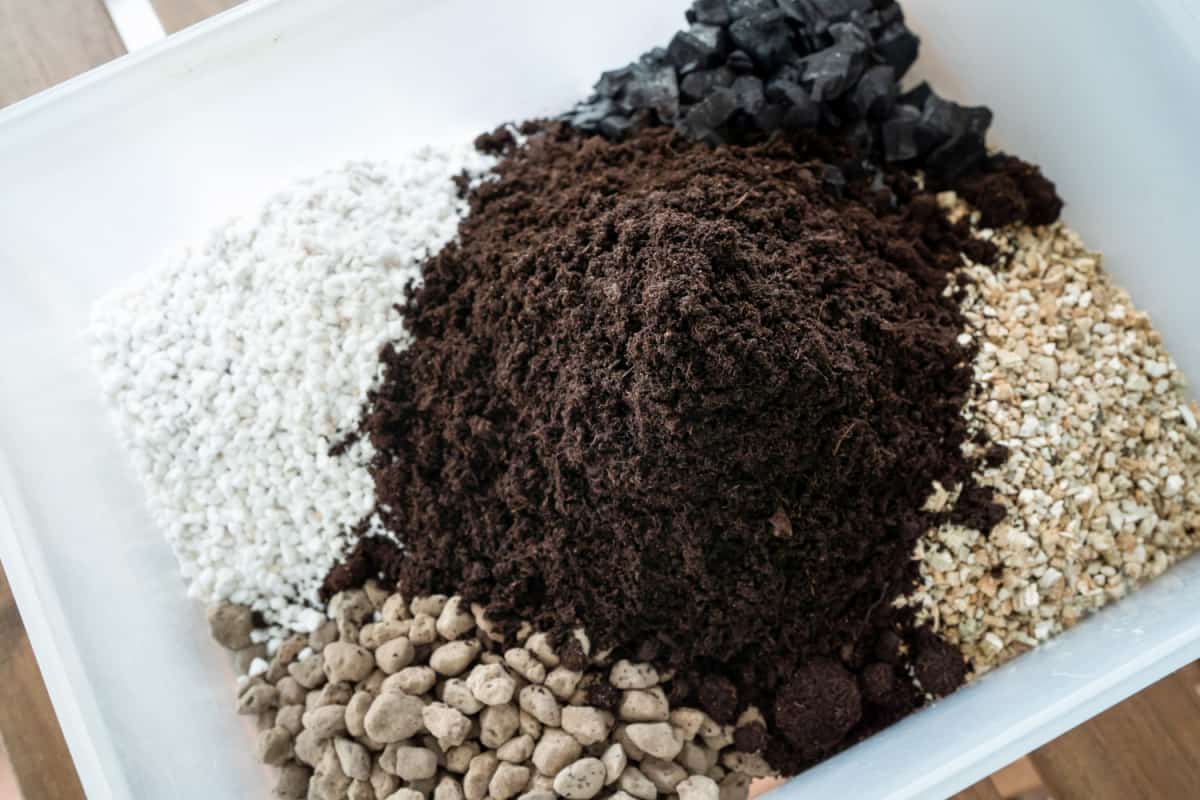
This will increase the soil's fertility and water retention capacity, helping your plants thrive despite the heat.
- Use compost to provide essential nutrients and improve soil structure
- Add aged manure for a natural and effective way to boost soil fertility
- Peat moss can help increase water retention and maintain consistent soil moisture
Remember to mix these amendments into your existing soil thoroughly, ensuring they are well-incorporated to provide the best possible benefits to your plants.
Proper Drainage
Good drainage is vital in maintaining healthy plants in high heat conditions.
Prolonged standing water can lead to root rot and other plant diseases, especially when combined with high temperatures.
Here are a few tips for ensuring proper drainage:
- Elevate garden beds: Creating a raised garden bed can significantly improve drainage, preventing excess soil moisture and reducing root diseases.
- Assess your soil type: Heavy clay soils can retain more water than sandy or loamy soils. Amend your soil with organic matter to improve its draining properties.
- Create a drainage system: If you're facing persistent drainage issues, consider installing a French drain or a swale to direct excess water away from your garden area.
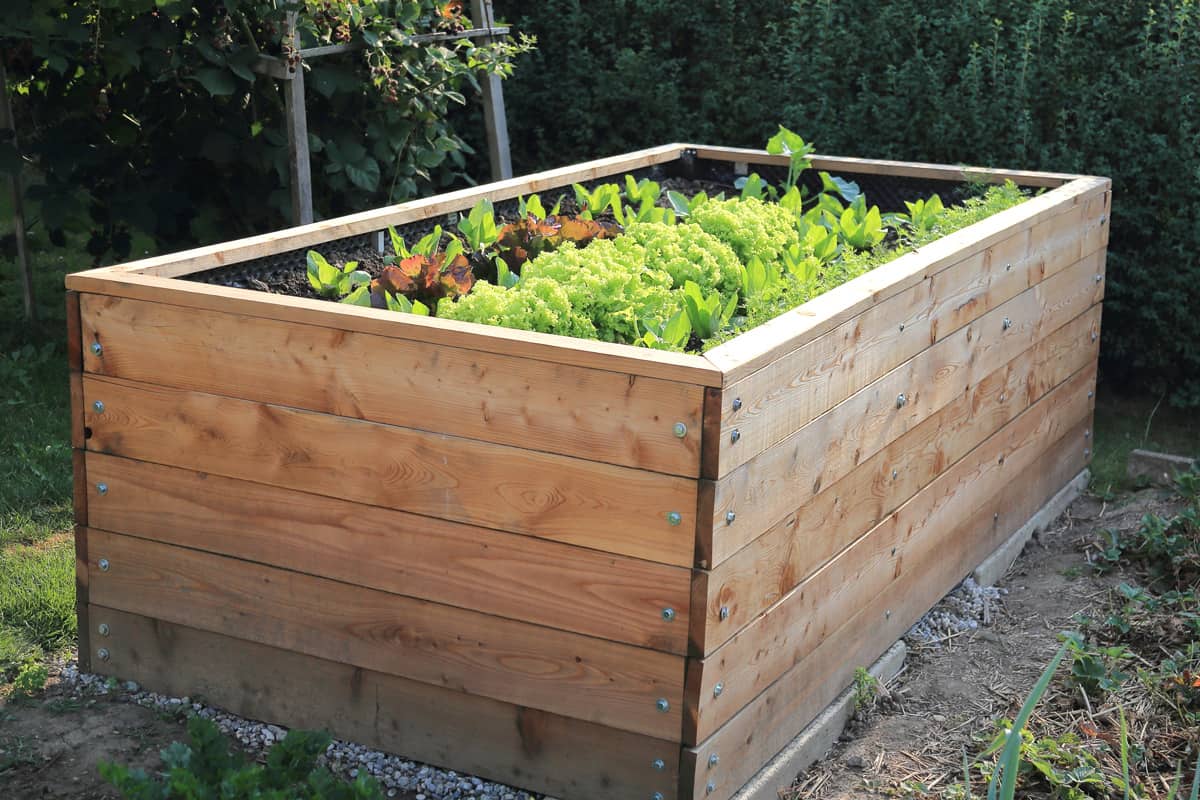
Shade and Sun Protection
High heat and intense sunlight can be a challenge for maintaining healthy plants.
To protect your plants, consider using shade cloth, which can be found at most garden centers. Shade cloth can be draped over a structure or attached to stakes to create a temporary or permanent shade structure.
Choose a shade cloth with the appropriate level of sun protection for your plants, ranging from 30% to 80% depending on their tolerance to sunlight.
Make sure to secure the cloth properly to prevent strong winds from blowing it away.
Try this durable 90% sunblock net from Amazon.
Creative Shade Solutions
There are several creative solutions to provide shade for your plants in Zone 10's high-heat conditions:

- Living shade: Plant tall, sun-tolerant plants or trees near more sensitive plants to create natural shade. This can help maintain a cooler microclimate and protect your sensitive plants from direct sunlight.
- Umbrellas & sails: Use garden umbrellas or shade sails to provide temporary or movable shade over your plants. This enables you to adjust the shaded area as needed, and it can also add visual interest to your garden.
- Trellises & pergolas: Build or install a trellis or pergola for plants that need partial shade. You can also grow vines or climbing plants on the structure to create more shading.
Appropriate Plant Spacing
Appropriate plant spacing is essential for maintaining healthy plants in high-heat conditions.
Proper spacing allows for sufficient airflow around the plants, which reduces the risk of diseases and pests.
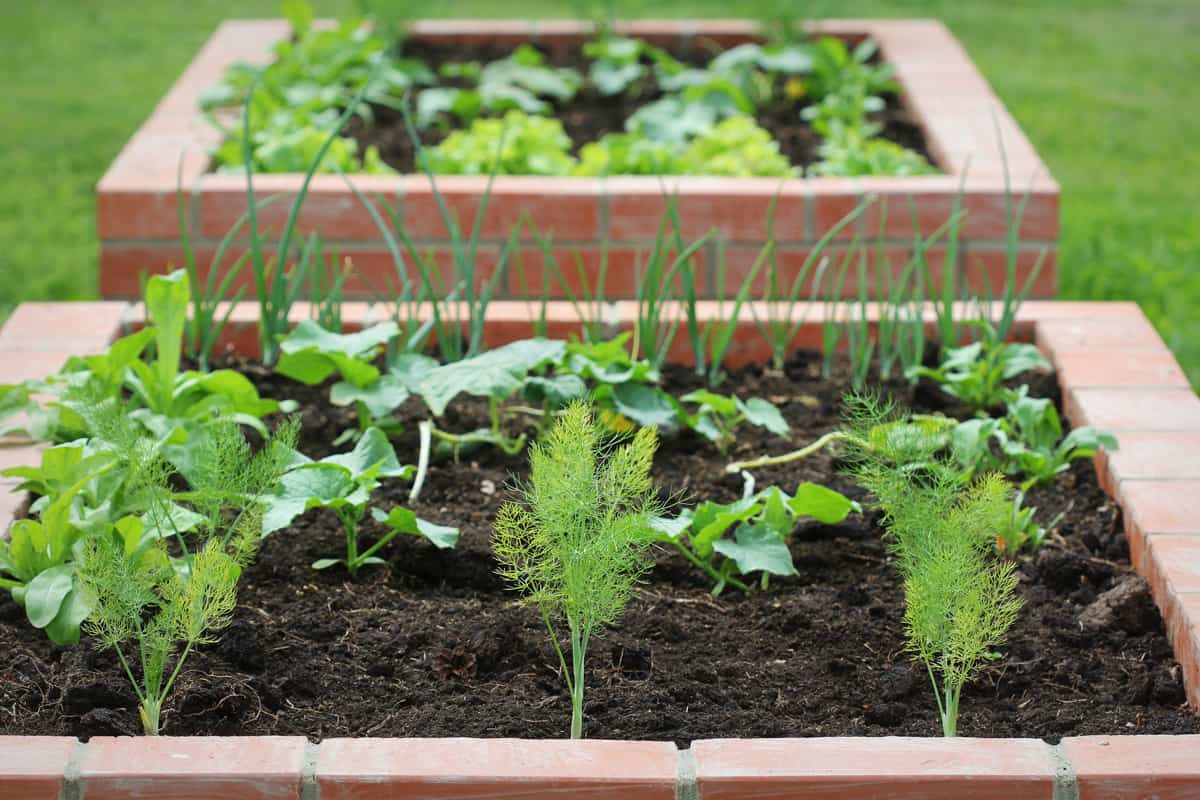
In addition, it helps the soil to retain moisture, reducing the need for frequent watering.
To ensure proper spacing:
- Follow the recommended spacing guidelines for each plant type. This information is usually included on seed packets or plant tags.
- Use a ruler or measuring tape to ensure accurate spacing between plants.
- Group plants with similar spacing needs together in your garden to make it easier to maintain.
Remember to consider the mature plant size when spacing, as allowing for proper growth will contribute to their overall health in Zone 10's high heat conditions.
Pest and Disease Management: Organic Control Methods
High heat conditions can sometimes lead to an increase in pest and disease problems. To keep your plants healthy, try using some organic control methods.
For instance, you can opt for biological controls like predatory insects (e.g. ladybugs, lacewings) that help keep harmful pests in check.
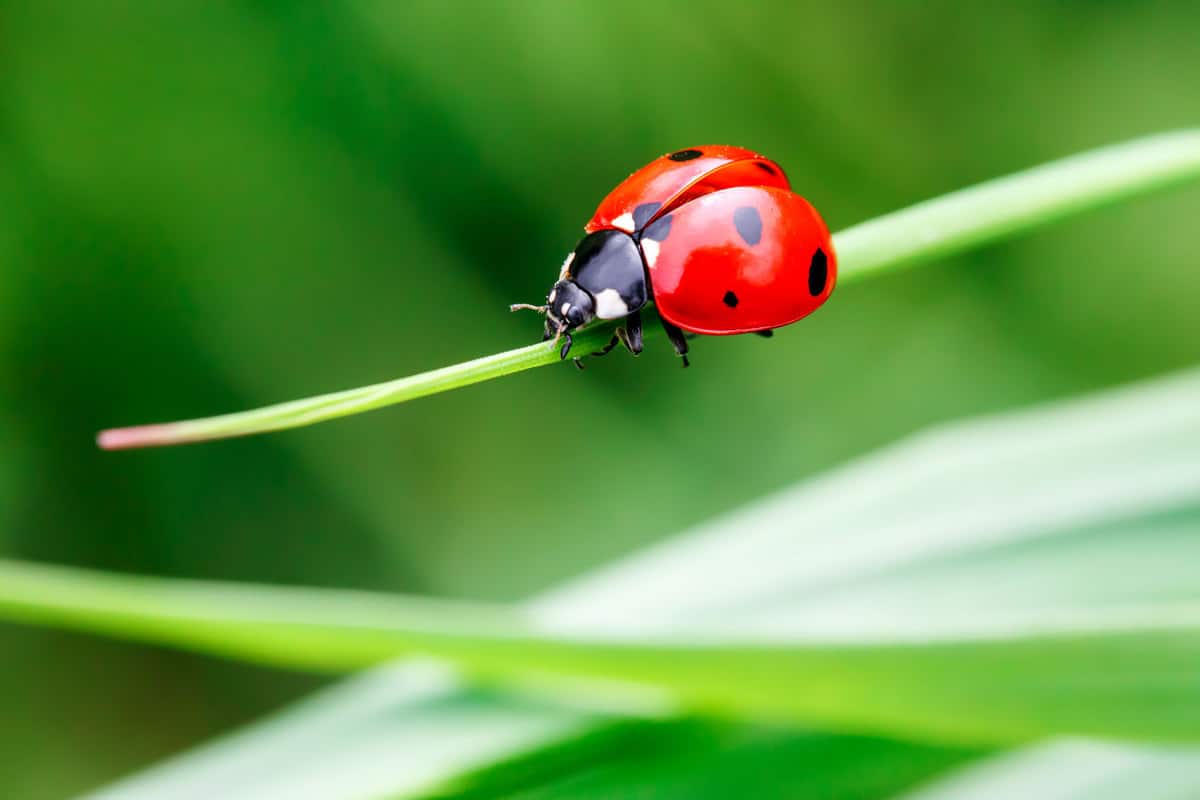
Introducing beneficial insects can be an effective way to combat pest issues without using harsh chemicals.
Another organic method is the use of plant-based or microbial insecticides. These products, such as neem oil or Bacillus thuringiensis, are gentle on plants while targeting specific pests.
Regularly inspect your plants for any signs of pest or disease activity. Early detection is key to preventing the problem from becoming severe.
Keep the area around your plants clean and free from debris to minimize pest habitats.
Additionally, practicing proper garden sanitation can prevent pathogens from spreading.
What Are the Signs of Heat Stress in Plants?
Heat stress in plants can manifest in a variety of ways. Recognizing the signs early can help you take action to revive your plants and keep them healthy in Zone 10's high-heat conditions.

Some common signs of heat stress in plants include:
- Wilting or drooping leaves, even when the soil is moist
- Yellowing or browning leaves
- Reduced or stunted growth
- Leaves and flowers dropping prematurely
- Sunscald, which looks like bleached or scorched spots on the leaves
How Can I Revive Heat-Stressed Plants?
There are several steps you can take to help your heat-stressed plants recover and thrive in high-heat conditions:
- Water consistently and deeply: Ensure that your plants receive consistent, deep watering during periods of extreme heat. This helps the plant access water reserve in the soil and maintain hydration.
- Utilize shade: Provide temporary shade using shade cloth or umbrellas to protect your plants from direct sunlight during the hottest part of the day.
- Mulch the soil: Adding a 2-3 inch layer of organic mulch around the base of your plants can help retain moisture, regulate soil temperature, and suppress weed growth.
- Prune-damaged leaves and branches: Removing any sunburned or damaged leaves and branches will help the plant focus its energy on healthy growth.
- Avoid over-fertilizing: Excessive fertilizer can stress your plants further, so it's best to hold off on fertilizing until the heat stress is under control.
Protecting Plants from High Temperatures
Since heat is the biggest challenge in this zone, it's important to keep an eye on the water needs of your plants.
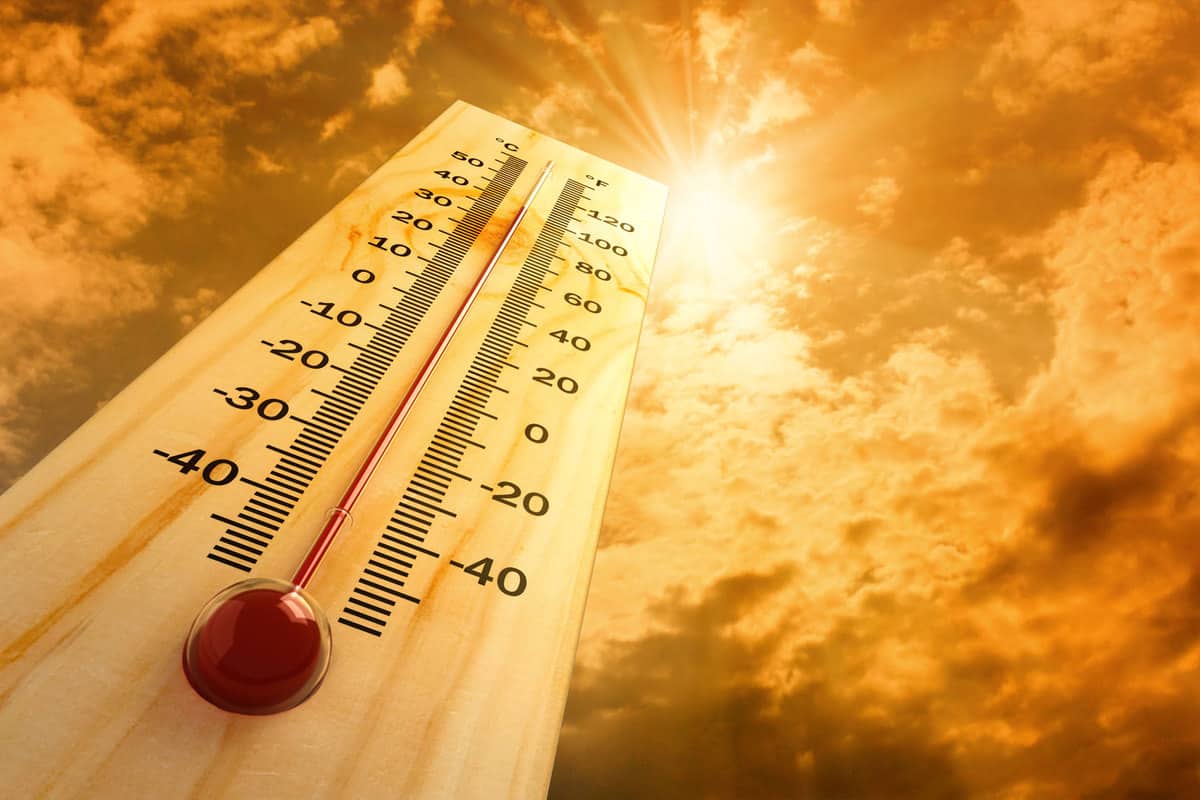
Water them early in the morning or late in the evening to avoid water loss due to evaporation.
Be consistent with your watering schedule, and don't be afraid to water more often during hot spells.
Finally, take extra care of your heat-sensitive plants. Some plants, like fuchsias, ferns, and impatiens, may need to be moved indoors or to a shadier spot during extreme heat.
Monitor your plants for any signs of heat stress, such as wilting or yellowing leaves, and adjust their care accordingly.
By following these tips, you can protect your plants from high temperatures and ensure their health and happiness despite the challenging conditions in Zone 10.
Here's a list of plants that are perfect for this zone! 39 Plants That Like Full Sun And Heat


